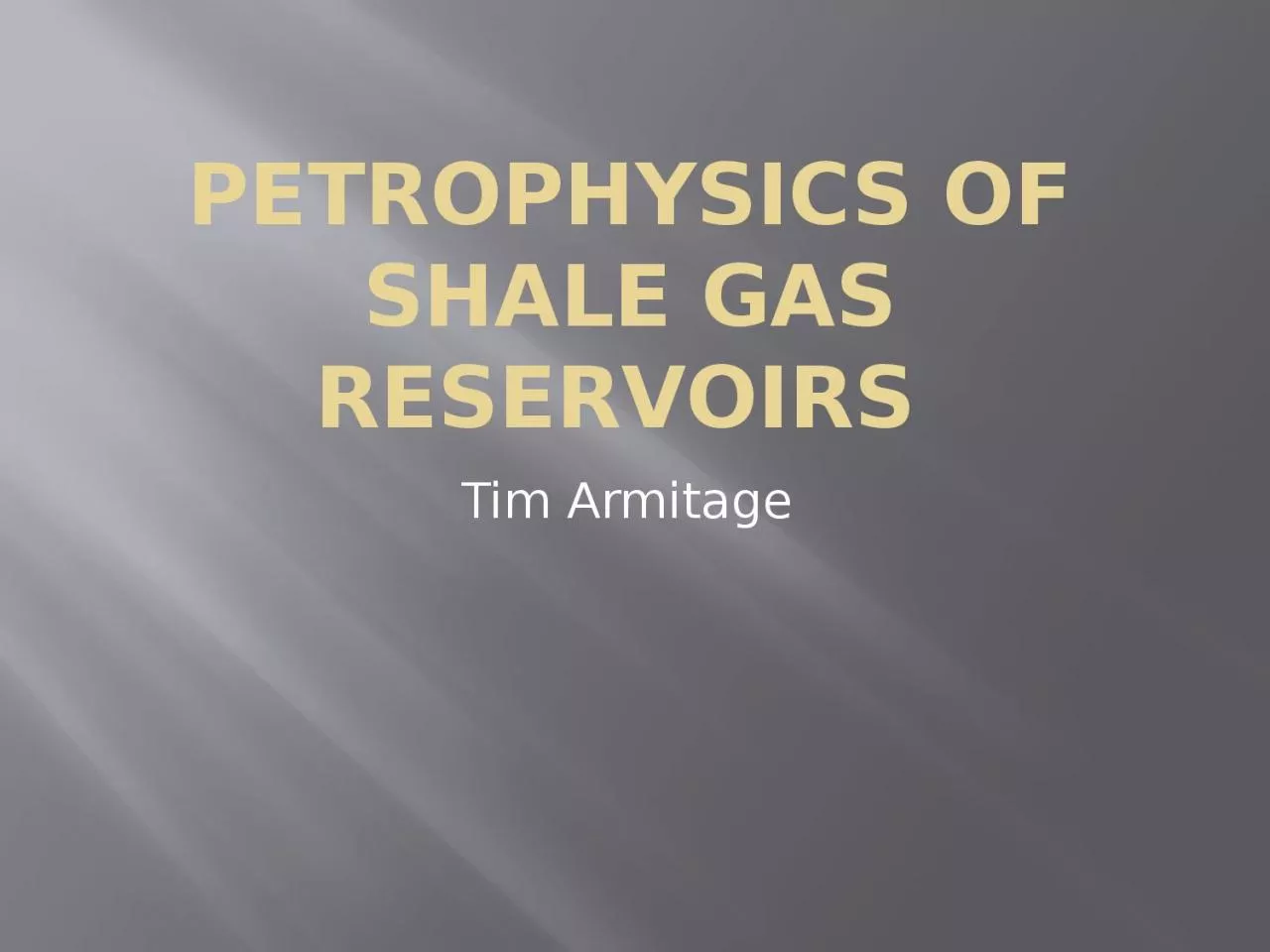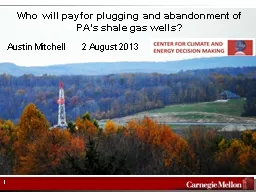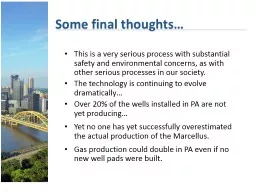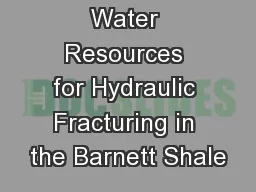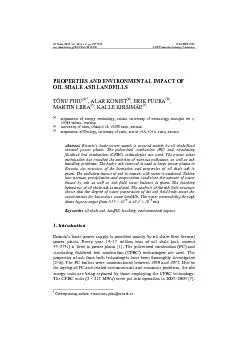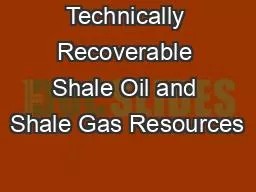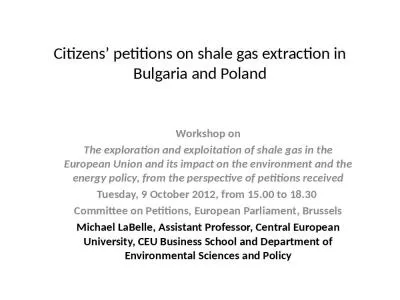PPT-Petrophysics of shale gas Reservoirs
Author : cappi | Published Date : 2023-10-04
Tim Armitage Overview Shale Gas Reservoirs The problems with Shale Reservoirs What is needed to Create a usable model Possible solutions to Porosity calculations
Presentation Embed Code
Download Presentation
Download Presentation The PPT/PDF document "Petrophysics of shale gas Reservoirs" is the property of its rightful owner. Permission is granted to download and print the materials on this website for personal, non-commercial use only, and to display it on your personal computer provided you do not modify the materials and that you retain all copyright notices contained in the materials. By downloading content from our website, you accept the terms of this agreement.
Petrophysics of shale gas Reservoirs: Transcript
Download Rules Of Document
"Petrophysics of shale gas Reservoirs"The content belongs to its owner. You may download and print it for personal use, without modification, and keep all copyright notices. By downloading, you agree to these terms.
Related Documents

